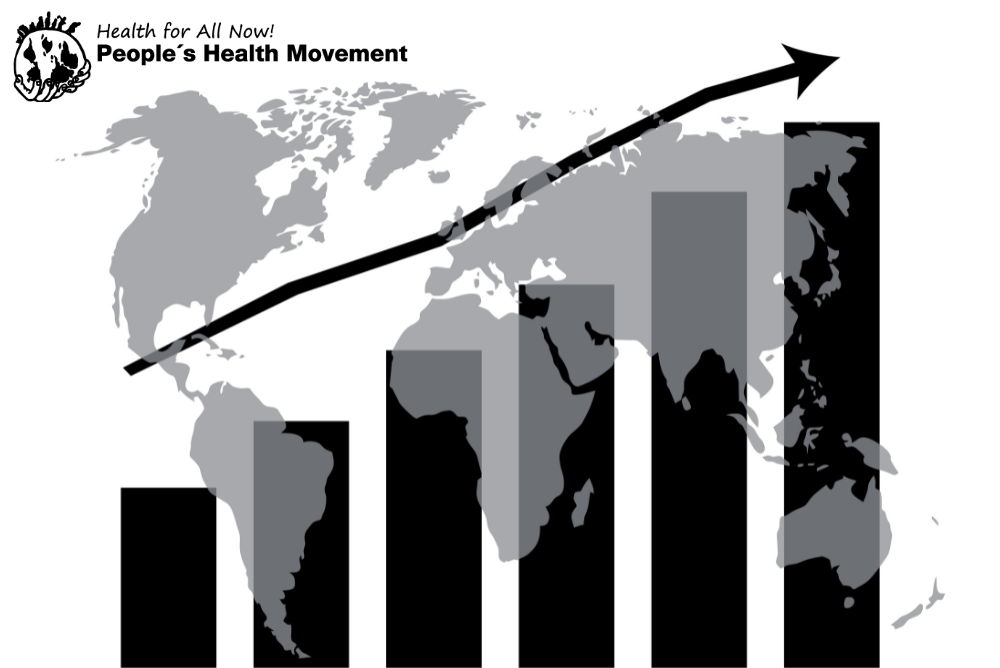The World Bank’s 2024 World Development Report, ‘The middle-income trap’ – Trap Indeed!
prepared by David Legge. 16 Dec 2024
The middle-income trap
The 2024 World Development Report (WDR24) is beautifully presented, easy to read, and its arguments are set out clearly. However, there is an arch duplicity behind the story being told and the report fails to acknowledge or evaluate downsides, contrary arguments, or alternative analytic models.
But first, a brief overview. The report addresses the ‘middle-income trap’ which refers to the barriers facing middle-income countries in seeking to progress to high-income status.
The report’s argument is structured around a model of ‘creation, preservation, and destruction’:
- the conditions which support productive enterprise, the creation of value;
- the forces and practices which help to preserve institutions and norms, and which sometimes prevent innovation and renewal (and the replacement of older enterprises and industries by newer more productive enterprises); and
- the conditions which enable the destruction of older less productive institutions and norms.
An important part of this story is the role of crisis in destabilising the forces of preservation and in creating new opportunities for creative destruction. The report illustrates the role of crisis and preservation/destruction in relation to decarbonisation where the ‘incumbent’ fossil fuel energy industry is being destabilised by newer ‘entrants’, the renewable energy industries.
The recommendations of the report are strctured around another simple motif, the 3is: ‘investment, infusion, and innovation’.
Investment is recommended as the principal economic strategy for low-income countries and as a continuing necessity for middle-income countries. ‘Investment’ here means the installation of new productive capacity (with associated export earnings); being open to foreign investment is seen as the main pathway for this.
The report envisageshttps://phmovement.org/sites/default/files/2024-12/PHM-Draft_WDR2024_MiddleIncomeTrap%20FR.pdf two necessary transitions for middle income countries in moving towards high income status. These are first, from investment as the principal priority to infusion (accessing modern technology across the domestic economy), and second, from infusion to innovation (creating a domestic research and development capability and creating space for innovative enterprise).
Throughout the report the US economy is presented as the model to be emulated in breaking out of the middle-income trap. The progress of middle-income countries towards high-income status is repeatedly measured in relation to the history and current configuration of the US economy.
Read the drafted paper in English. Send yopur comments to [email protected]
Lea el borrador en español. Envíe sus comentarios a [email protected]
Lisez le projet de document en français. Envoyez vos commentaires à [email protected]


